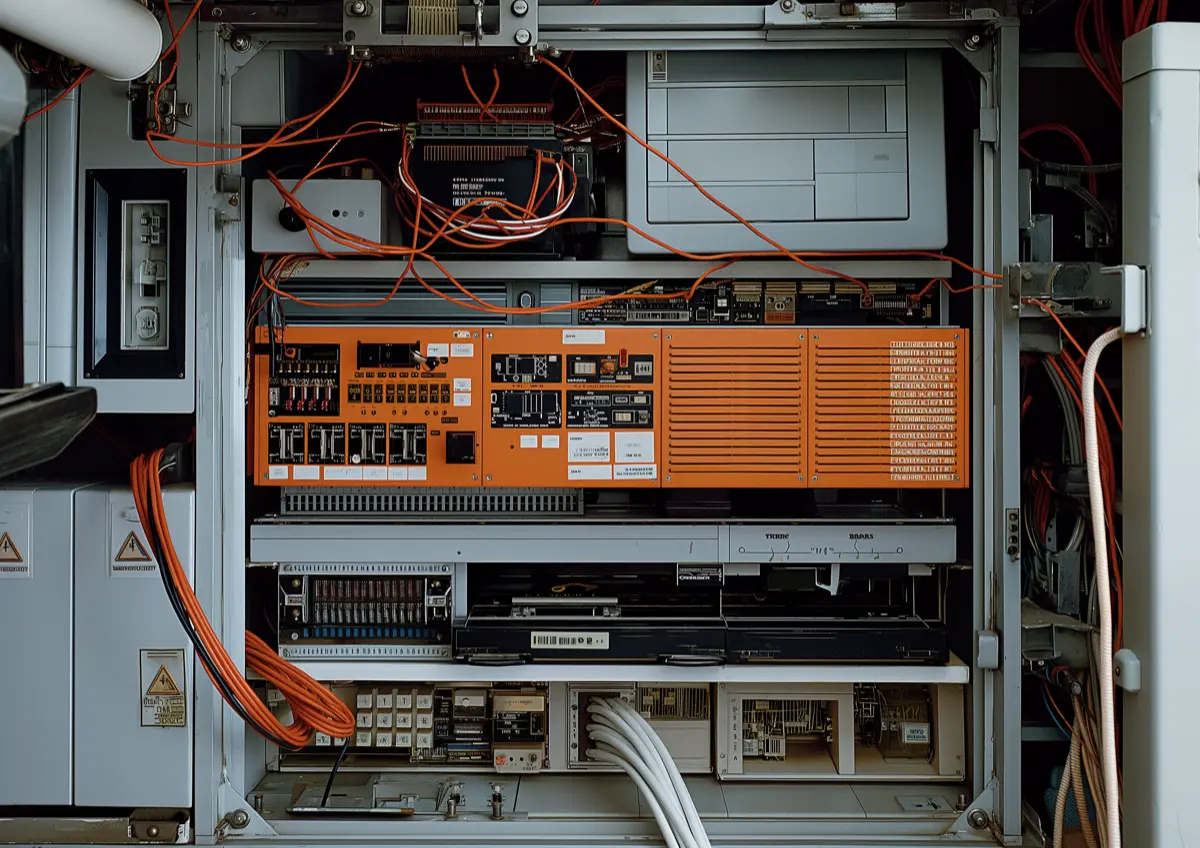
The Normal. The Ordinary. The Everyday.
Seems we are constantly bombarded by fantastical images of futuristic cities, these ridiculous sleek fembot humanoid robots, and seamless, glowing technology. It’s easy then to get caught in the whirlwind of sci-fi ‘visions’ inspired by these visual tropes. These depictions dominate our collective imagination and shape how we think about the future, often distorting it into a homogenous and unrealistic portrayal. But the future is not just about grand, utopian designs or hyperbolic stories. Consider then the Future Mundane — a way to imagine and envison possible futures rooted in normal, ordinary, everyday experiences that are already familiar in their contingent mishaps, frustrating complexity, and always-present imperfection.
Most of our future storytelling is centered around heroes—those exceptional figures who navigate extraordinary circumstances and wield advanced technologies. But in truth, our future will not be shaped by fictional alpha characters. Instead, it will be composed of the billions of ordinary people who make up the background of society. The Future Mundane reminds us that these people, the everyday background talent, are the true inhabitants of the future.
Ordinary life is filled with routines, habits, and small moments that, though seemingly mundane, create the fabric of our existence. The future will be no different. It will be a world where the elderly neighbor still buys milk, gardens still flood after a heavy rain, and the subtle disputes over leaf blowers continue. Designing for the future means acknowledging this ordinariness and embracing it as the foundation of our future society. The future will not be defined by the few, but by the collective, mundane experiences of the many.
One of the most overlooked aspects of thinking about tomorrow is understanding that the future always-ever will have come from some past. We inherit objects, spaces, and habits from the past. An ultra-modern gadget might rest on a centuries-old piece of furniture, or the latest software might be accessed on outdated hardware. The Future Mundane acknowledges this blend—recognizing that future environments will be messy, layered, and full of the artifacts from previous eras. They will look more like your cluttered kitchen drawer than a sterile, silver-toned dreamscape.
This accumulation is crucial. It shows that technology normalizes over time, becoming as inconspicuous as the everyday items we hardly notice. Designing for the future, then, should not only be about innovation but about how new technologies will integrate with the detritus of the present, eventually becoming part of the everyday noise.
Designers, technologists, and innovators often pursue the ideal of a seamless, perfect future. But perfection is an illusion. The real future will be imperfect, full of broken parts, workarounds, and unintended consequences. The Future Mundane embraces this imperfection, seeing it not as a failure but as an inevitable part of progress. Every technological advancement comes with its complications. The invention of panoramic photo stitching, for instance, might also create comical errors—like half a dog captured mid-stride. Connected doorbells can enhance home security but also become vulnerable to outages or misuse.
Understanding and anticipating these second- and third-order effects is essential. The industries that shape our future often gloss over these potential failings, driven by a culture of toxic positivity where only the benefits are highlighted, and risks are dismissed. True foresight involves being brave enough to confront what might go wrong and incorporating those possibilities into our visions. It means designing with resilience in mind and accepting that flaws and glitches will always be a part of the landscape.
Embracing the Future Mundane means designing and thinking about the future in a way that accounts for its ordinariness, its accumulative nature, and its inherent imperfections. It’s about shifting away from glossy, idealized images and towards a nuanced understanding of what life will be like for the vast majority of people. This perspective demands that we consider not just how a new technology will be used, but where it will be used, how it will age, and how it will fail.
The future will be filled with normal, ordinary, everyday people, living ordinary lives, surrounded by a mix of old and new, in an environment that doesn’t always work as intended. Recognizing this and designing for it can lead to more realistic, grounded, and ultimately humane futures—futures that we can all see ourselves living in, not just gazing at from afar.